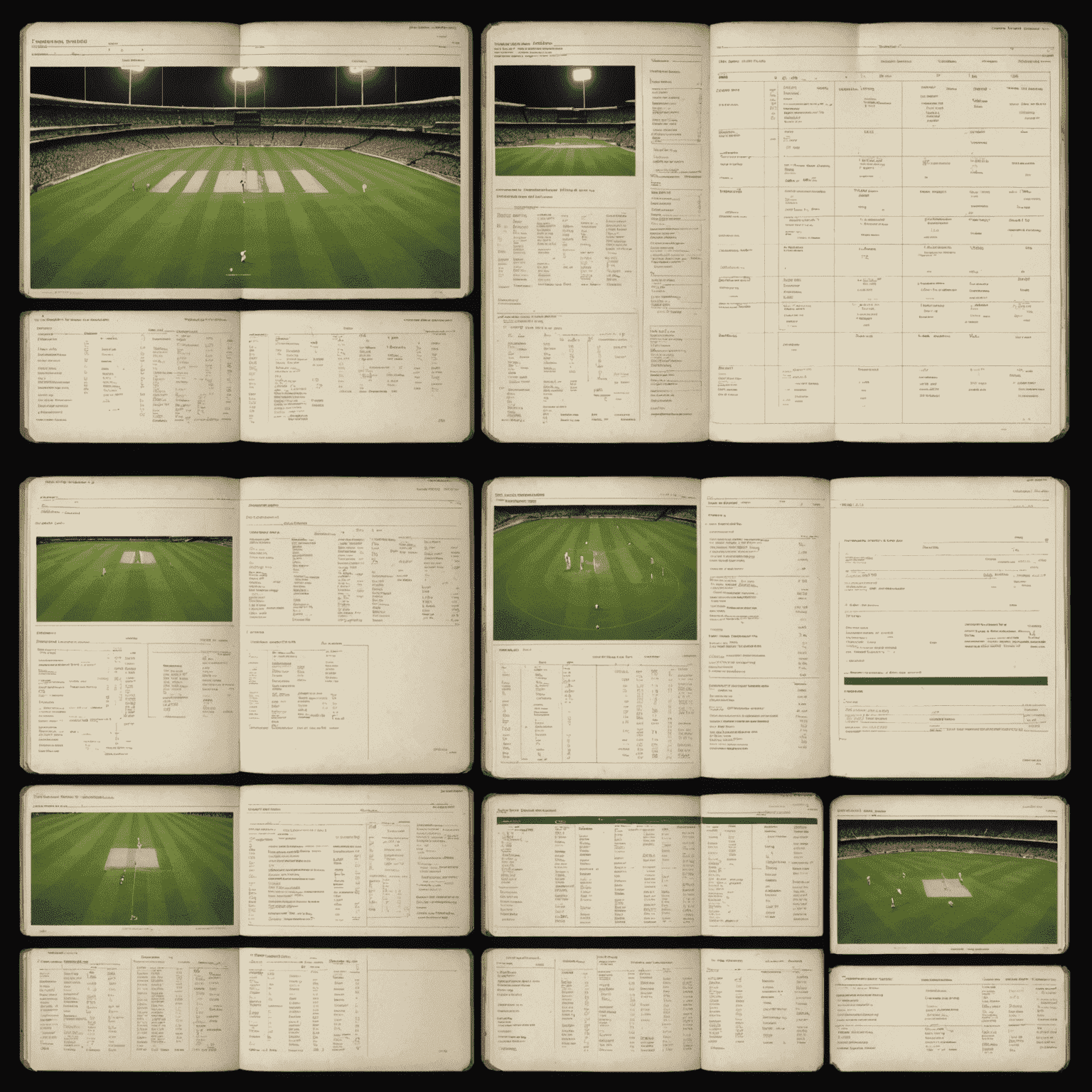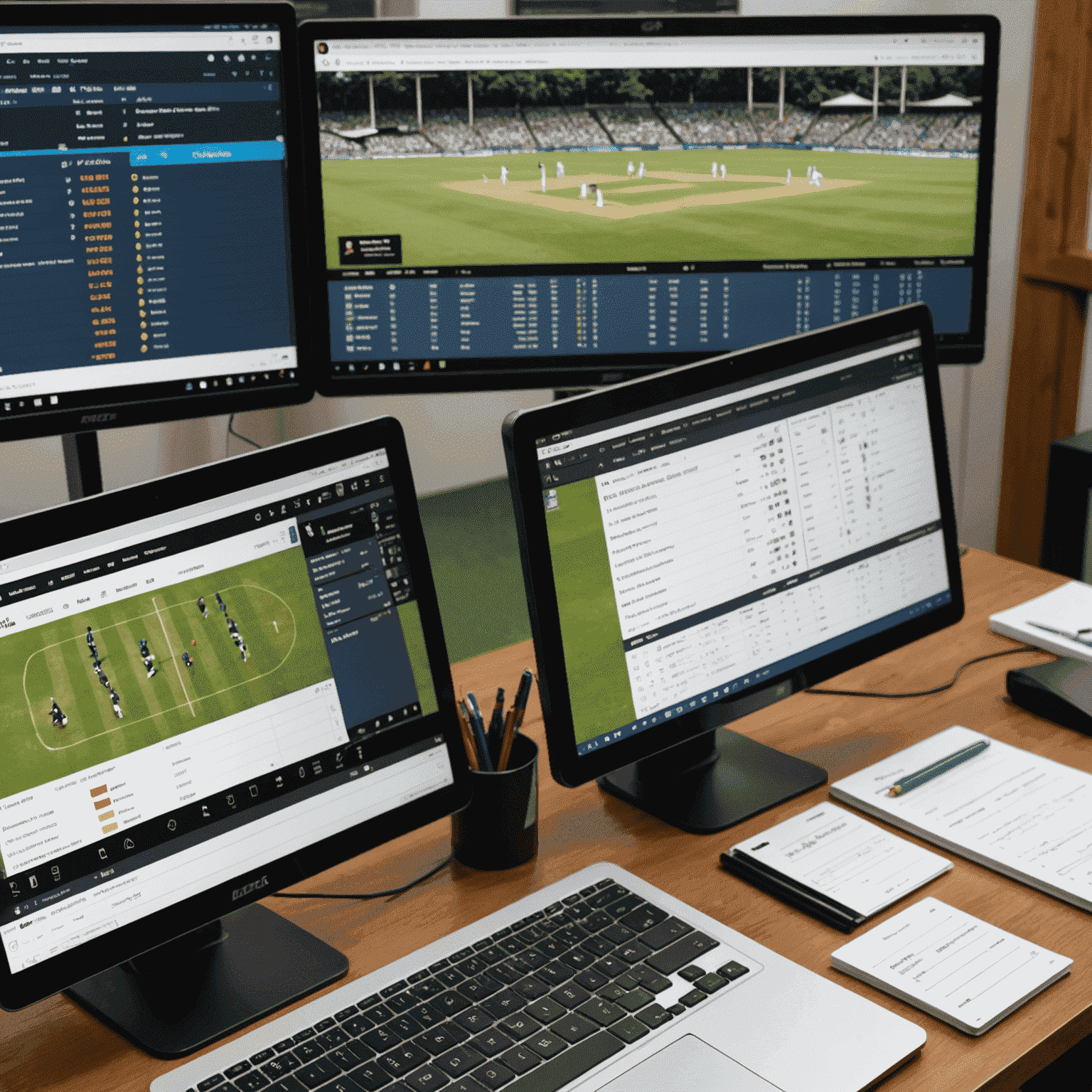The Evolution of Cricket Analytics

Cricket, a sport steeped in tradition, has undergone a remarkable transformation in recent years, thanks to the advent of data analytics. From basic scorekeeping to sophisticated statistical models, the journey of cricket analytics is a fascinating tale of how numbers are reshaping the gentleman's game.
The Early Days: Pen and Paper
In the early days of cricket, analytics was limited to simple scorekeeping. Dedicated scorers would meticulously record each ball, run, and wicket in leather-bound books. These basic statistics formed the foundation of cricket analysis, providing insights into player performance and match outcomes.
The Digital Revolution
The introduction of computers in the 1980s marked a significant turning point. Suddenly, vast amounts of data could be stored, processed, and analyzed quickly. This led to the development of more complex statistics, such as strike rates, economy rates, and average scores against specific opponents.
Advanced Statistical Models
As computing power increased, so did the sophistication of cricket analytics. Today, teams employ data scientists and statisticians to develop advanced models that can predict player performance, analyze pitch conditions, and even suggest optimal strategies for different match situations.

Real-time Analysis
Modern cricket analytics doesn't just happen after the match. Real-time data processing allows teams to make informed decisions during the game. Coaches and captains now have access to instant insights, helping them adjust tactics on the fly.
The Impact on Player Development
Analytics has revolutionized how players train and develop their skills. By analyzing vast datasets, coaches can identify specific areas for improvement and tailor training programs to individual players' needs. This data-driven approach has led to significant improvements in player performance across all aspects of the game.
Fan Engagement
The evolution of cricket analytics has also transformed the fan experience. Broadcasters now provide viewers with a wealth of statistics and insights, enhancing their understanding and enjoyment of the game. Fantasy cricket leagues, powered by complex algorithms, have further deepened fan engagement with the sport.
The Future of Cricket Analytics
As we look to the future, the role of analytics in cricket is set to grow even further. Artificial intelligence and machine learning promise to unlock new insights, while wearable technology could provide unprecedented data on player physiology and performance. The evolution of cricket analytics continues, promising to push the boundaries of what's possible in the sport.
From humble beginnings with pen and paper to the cutting-edge technology of today, cricket analytics has come a long way. As the field continues to evolve, it's clear that data will play an increasingly crucial role in shaping the future of this beloved sport.